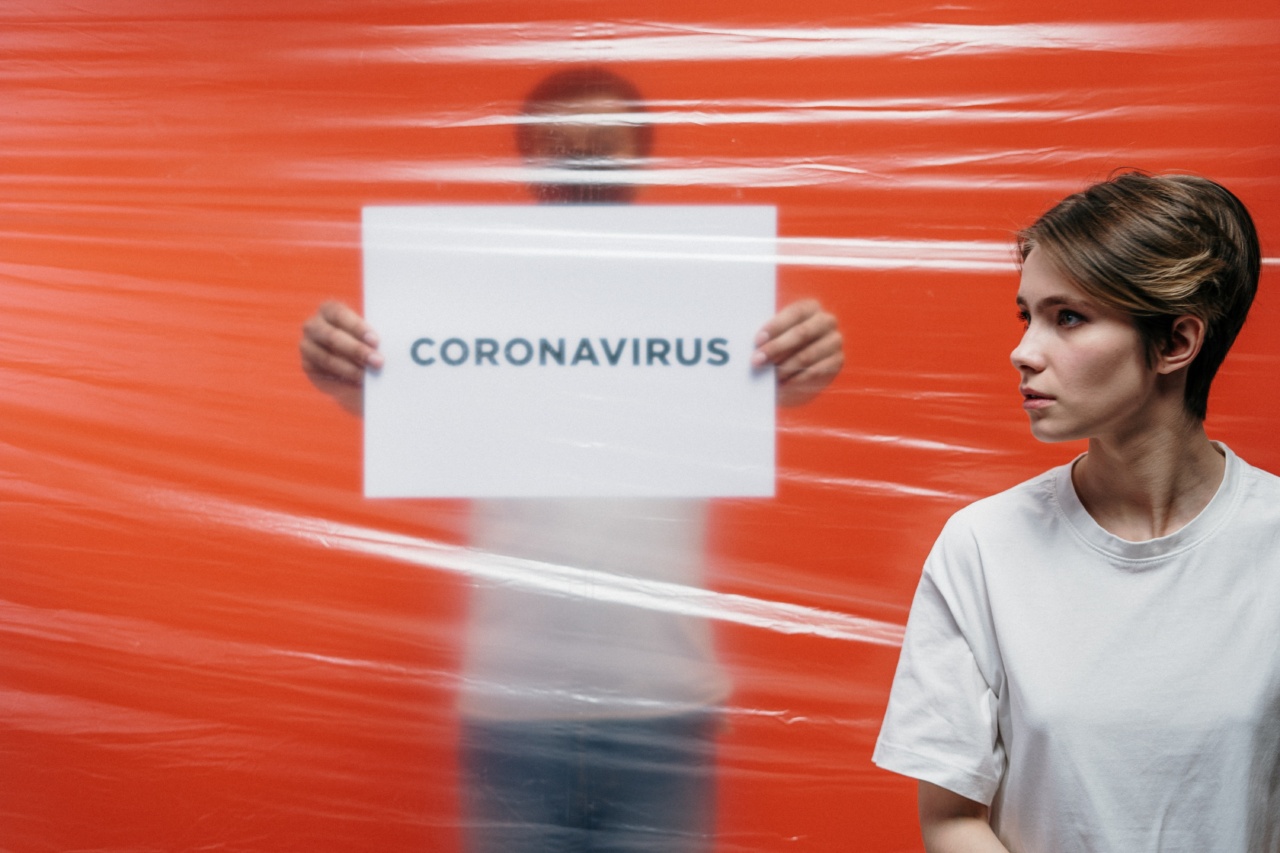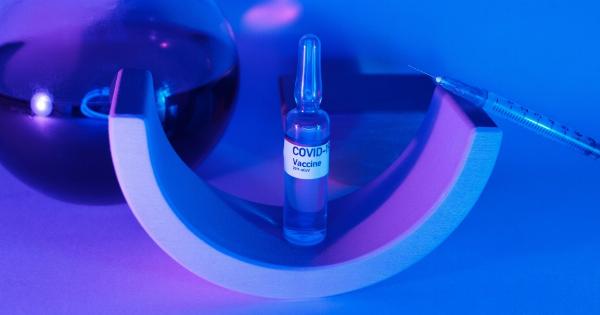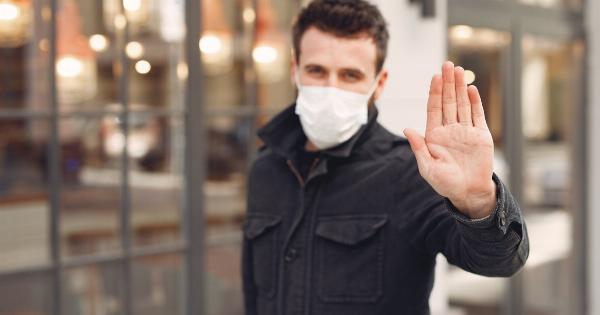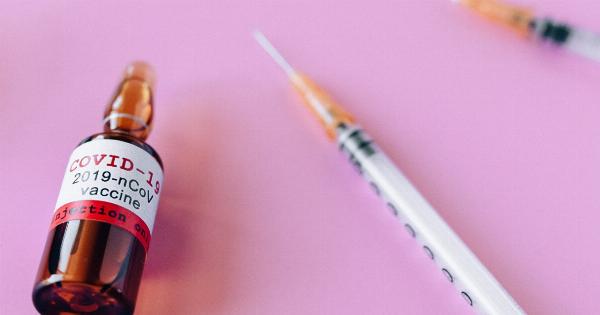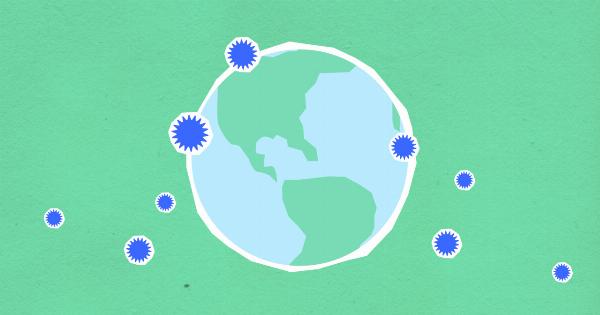Polio, also known as poliomyelitis, is a highly contagious viral disease that mainly affects children under the age of five. The virus is transmitted through contaminated food, water or contact with an infected person’s feces.
Polio can cause permanent paralysis and even death. Before the development of a vaccine, outbreaks of polio were common throughout the world, especially in countries with poor sanitation and hygiene practices.
Although the world has made significant progress in eradicating polio, the disease remains a threat to global health.
The History of Polio
Polio has been around for thousands of years. There are historical records that suggest that polio was present in ancient Egypt, Greece, and Rome. However, the first documented outbreak of polio in the modern era occurred in Sweden in the late 1800s.
Over the next few decades, polio became a global epidemic, affecting millions of people every year.
The first polio vaccine was developed by Jonas Salk in the 1950s. This vaccine was a game-changer, and it led to a significant reduction in the number of cases of polio.
However, the vaccine was only effective against one strain of the virus, and outbreaks of the disease continued. In the 1960s, a new vaccine was developed by Albert Sabin that was effective against all three strains of the polio virus.
Since then, vaccination programs have been implemented worldwide, leading to a significant reduction in the number of cases of polio.
The Progress of Eradicating Polio
The Global Polio Eradication Initiative was launched in 1988, with the goal of eradicating polio worldwide. Since then, the number of cases of polio has decreased by over 99%.
The number of countries where polio is endemic has been reduced from 125 to just two: Afghanistan and Pakistan. However, the fight to eradicate polio is not over.
One of the biggest challenges in eradicating polio is the difficulty in reaching every child with the vaccine. In many countries, children live in remote areas or conflict zones where it is difficult to provide healthcare.
Misinformation and distrust also pose significant challenges to vaccination campaigns. In some countries, rumors about the vaccine’s safety have led to a decrease in vaccination rates.
The Re-emergence of Polio
In recent years, polio has re-emerged in several countries, including Nigeria, Syria, and Yemen. These outbreaks are typically the result of a breakdown in vaccination programs or a lack of access to vaccines.
In some cases, conflict and instability have prevented health workers from administering the vaccine to children. In other cases, vaccine hesitancy and misinformation have led to a decrease in vaccination rates.
Another concern is the rise of vaccine-derived polio. This occurs when the weakened live virus used in the oral polio vaccine mutates and becomes virulent. The vaccine virus can spread from person to person, causing outbreaks of polio.
The risk of vaccine-derived polio is highest in areas with low vaccine coverage, where the virus can circulate for longer periods of time.
The Impact of Polio on Global Health
Polio can cause lifelong paralysis and even death. Children who survive the disease may be unable to walk or use their arms, putting them at a disadvantage in terms of education, employment, and social participation.
The economic impact of polio is also significant, as the disease can result in high healthcare costs and lost productivity.
Polio is a disease that primarily affects children in low- and middle-income countries. The burden of the disease falls disproportionately on communities that are already marginalized and vulnerable.
The eradication of polio would be a significant step towards achieving global health equity. It would also prevent future outbreaks of the disease, which could occur if vaccination efforts were to falter.
The Role of Vaccination in Eradicating Polio
Vaccination is the most effective tool in the fight against polio. The oral polio vaccine (OPV) is safe and effective, and it is easy to administer in large-scale vaccination campaigns.
The vaccine provides long-lasting immunity to the virus and can protect against all three strains of the polio virus.
In some countries, the inactivated polio vaccine (IPV) is used instead of OPV. IPV is an injectable vaccine that is more expensive than OPV, but it does not carry the risk of vaccine-derived polio.
IPV is typically used in countries that have already eliminated polio or have a low risk of transmission.
The Importance of Surveillance in Eradicating Polio
Surveillance is essential in the fight against polio. Health workers need to be able to identify cases of polio quickly in order to contain outbreaks and prevent further transmission of the disease.
Surveillance also allows health officials to assess the effectiveness of vaccination campaigns and identify areas where more resources are needed.
The Global Polio Surveillance Network (GPSN) was established in 1997 to monitor the spread of polio worldwide. The GPSN includes thousands of labs and hospitals in over 100 countries, and it is responsible for detecting every case of polio in the world.
The network collects fecal samples from patients with acute flaccid paralysis (AFP), a symptom of polio, and tests them for the presence of the virus.
The Way Forward
The world has made significant progress in eradicating polio, but there is still work to be done. Health officials need to continue to reach every child with the vaccine, especially in remote areas and conflict zones.
They also need to address vaccine hesitancy and misinformation, as well as the risk of vaccine-derived polio.
Surveillance efforts need to be strengthened to ensure that every case of polio is identified and contained. Health workers need to be trained to recognize the symptoms of polio and to collect and transport fecal samples for testing.
Overall, the fight against polio requires a sustained effort from governments, health officials, and communities around the world.
With continued investment in vaccination programs and surveillance efforts, we can finally eradicate this deadly disease and ensure a healthier future for all.
